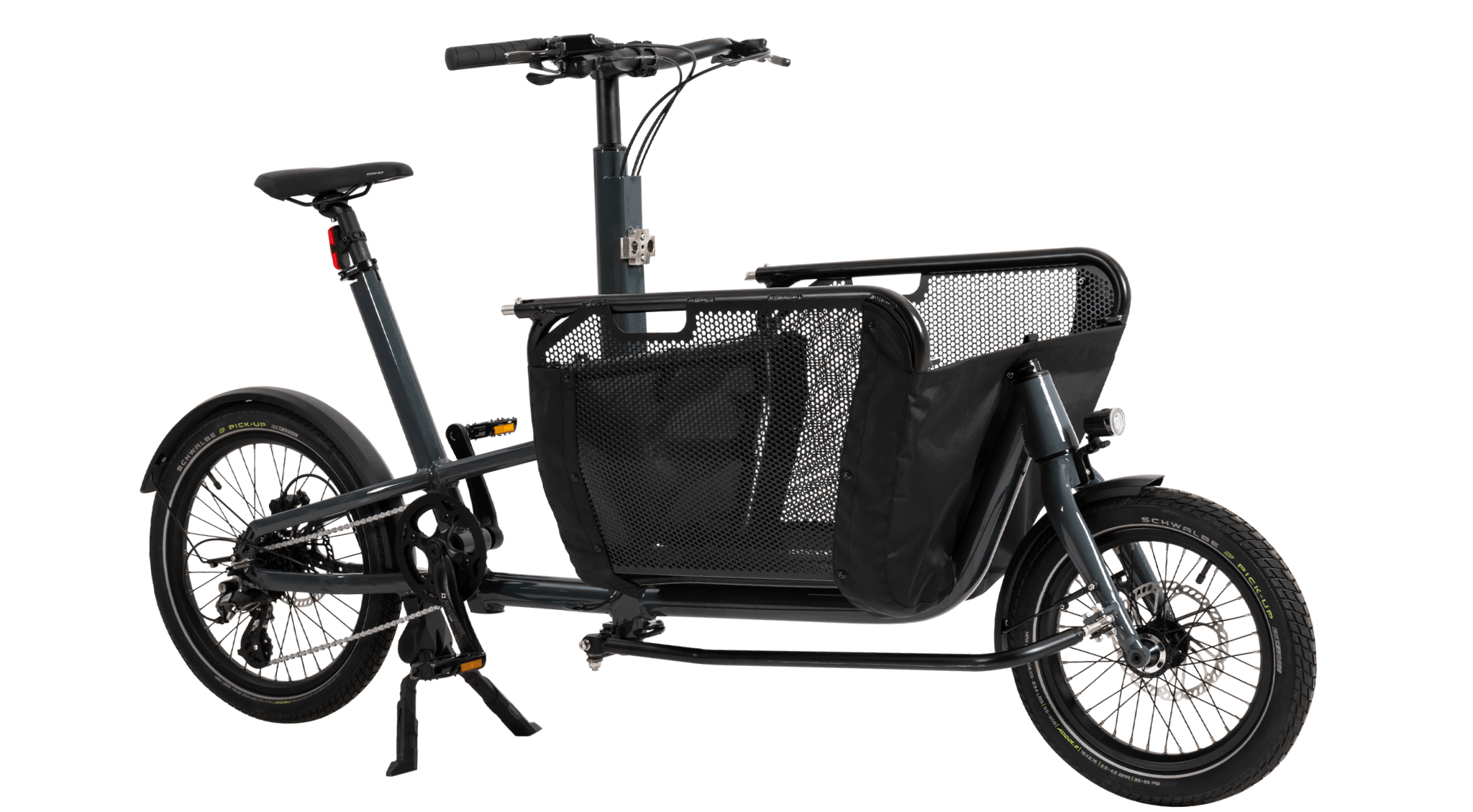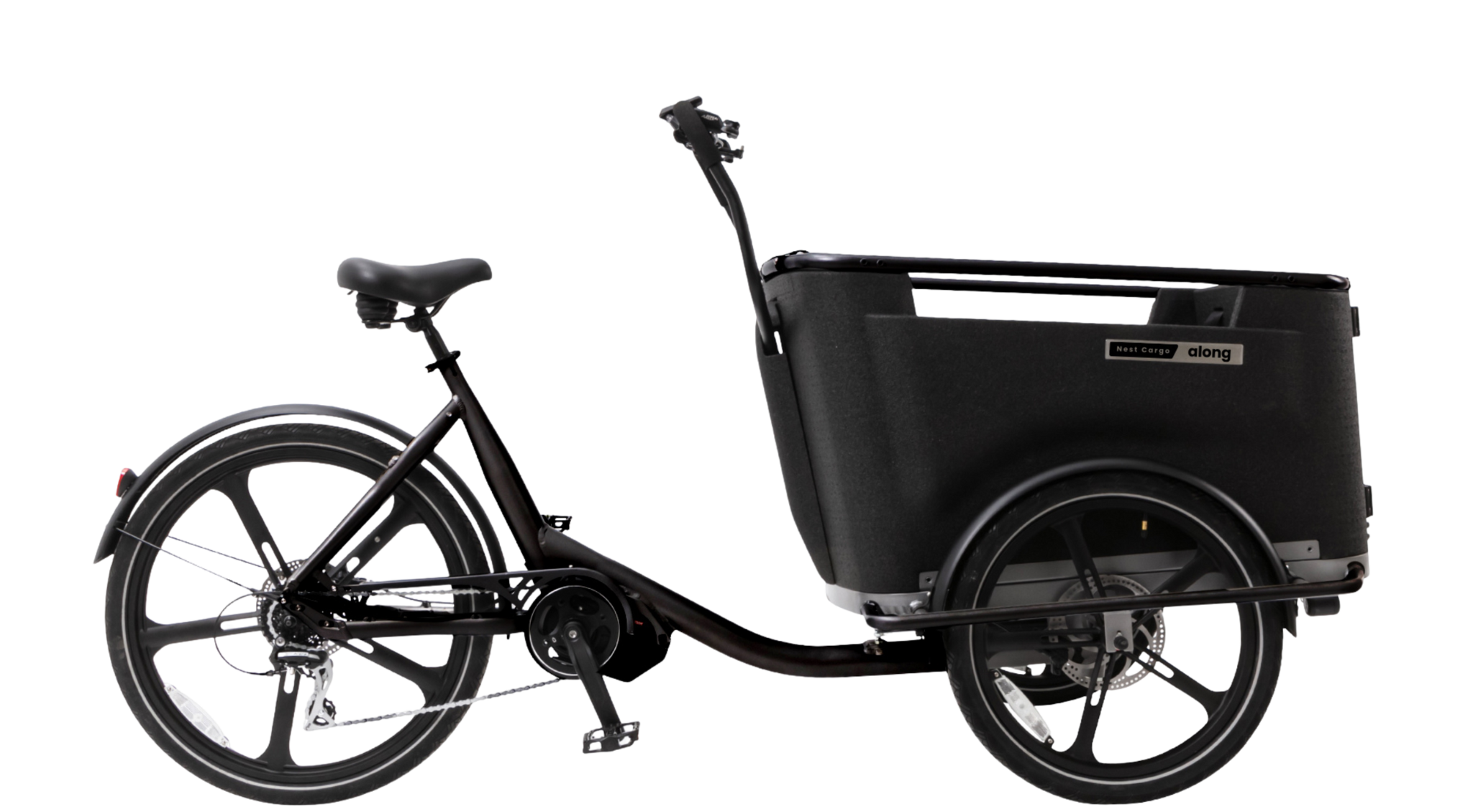Introduction
Choosing how to cycle with kids isn’t always straightforward. From front loaders to rear seats, electric assist to manual pedalling, and the choice between two wheels or three, each option has its own strengths. Families in Dubai want rides that are safe, comfortable, and practical for both parents and children. This guide breaks down the differences so you can decide what works best for your family.
Why families choose front loaders
- Kids in sight. Children sit in front, so you can talk to them and check if they are safe.
- More to see. From the front, kids have a clear view of the road and surroundings, which makes rides more engaging.
- Better balance. With weight low and between the wheels, the bike feels stable, even with two or more kids.
- Tip on material choice. Choose a frame and box that are strong but light. Avoid heavy wooden boxes, which can add weight and become noisy. Materials like EPP (Expanded Polypropylene) are better because they absorb bumps and vibrations, making the ride more comfortable for children.
Rear seats explained
- Simple and affordable. Works with many standard bikes.
- Fewer parts. Less mechanical complexity and easy to adjust to the rider’s normal bike setup.
- Good for one child. Seats typically cover 9–22 kg (around 9 months to 5 years).
- Less visibility. Kids sit behind you, so it’s harder to notice if they are sleepy or if straps loosen.
- Handling. As children grow heavier, the bike can feel harder to balance at low speeds.
Electric or manual
- Electric. Makes pedaling smooth, easier on hot days, and helps cover longer routes without strain.
- Manual. Requires more effort, but gives a natural pace. Kids also sense the rhythm of cycling more naturaly.
Two wheels or three wheels
- Two wheels. Lighter and more agile, feels closer to a regular bike. It leans into turns and is easier to park or store. Needs a little practice when riding with cargo.
- Three wheels. Very stable, especially at low speeds or when stopped. Best for carrying more kids or heavier loads. Turns slower and need more space, but give a steady and calm ride.
Safety tips
- Always use child seats or boxes within weight limits.
- Helmets and belts every ride.
- Use foot straps or guards to avoid slips near wheels.
- Practice starts and stops in a safe area before riding on busy paths.
Bottom line
Front loaders bring children closer to the rider, give them more to look at, and keep the bike balanced. Rear seats are good for short, simple trips and for riders who want to keep their standard bike setup. Electric assist helps on longer or hotter rides, while manual bikes keep things simple and natural. Two wheels feel lighter and more agile, while three wheels trade speed for extra stability.
%20(6).png)





.png)
.png)
